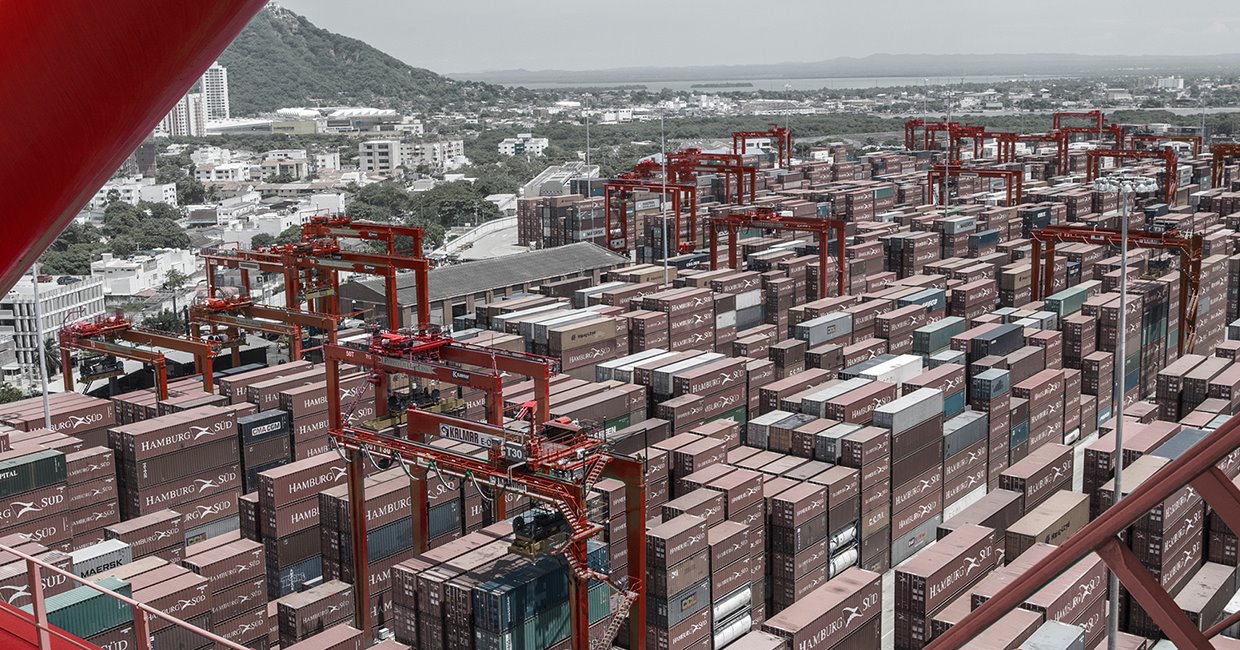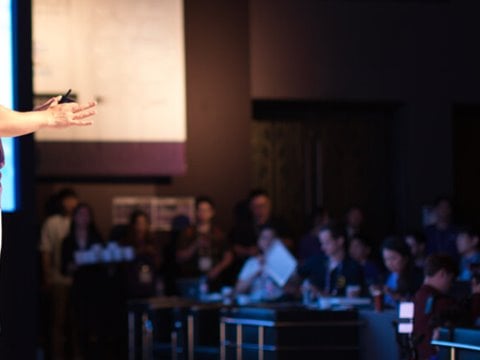
Securing the future of cargo handling
Peter Cederholm, Cargotec’s expert in port security, gives us an insight into the industry’s present and future security concerns.
A security threat can come in many forms, and many of today’s threats in container handling are related to hazardous waste, such as radioactive or other unstable materials. Terrorist activities or nuclear threats are considered to be high consequence, low probability events. Because we cannot always know the exact contents of a container, the threat of radiation is the most everyday concern for port security. In addition, the smuggling of drugs, weapons or even people, pose a real threat to society, and preventing their importation is also an important part of port security.
In this business you are often asked for statistics, for example, on how many threats are detected and neutralised at a port each year, or what kind of threats a port has faced. This type of information is, of course, highly confidential. The last thing governments and port authorities want to publicise are tips on how to get around their security protocols. However, there was an interesting case last year in Genoa, Italy that was made public.
A handheld radiation detection device revealed that a container full of scrap metal was extremely radioactive. Months were spent assessing the threat and in the meantime a massive barrier of concrete-filled containers was built around the container. Robots were eventually used to safely retrieve what turned out to be a 25 cm cobalt rod – most likely a piece of medical or food-processing waste – that was emitting 500 millisieverts per hour of radiation. In comparison, experts say it will be 20 years before Fukushima residents can safely return to areas with current radiation readings of 200 millisieverts per year.
This example gives a clear picture of where security developments must take us by 2060. Containers themselves will have to be smarter and we will have to have far more advanced means of finding out what is in them. We already have a lot of technology at our disposal, which will doubtless become more integrated into cargo-handling procedures. Videotape, certified by a qualified and trusted overseer, could show us what goes into containers. Air sensors could ‘smell’ what was in them to verify their documented contents. Ultrasound and other sensors could measure the weight, density and inertia of contents – comparing very specific data on how it moves to verify content descriptions.
Detection algorithms, with the right computational power behind them, have the power to give this degree of accuracy. Essentially, by 2060 we will be able to discover the exact details of a container’s contents almost immediately – we will not only know that it contains ten men, but our omniscient system of sensors will tell us that they’re wearing Santa costumes and that they’re Australian!
The most important thing, from my perspective, is that the man with the handheld meter in Genoa has to go. Radiation detection, along with volume and content identification gear, must be fully automated and fully integrated into the existing machinery operating at ports. If we are to maximise the effectiveness of port security in the future we have to start implementing tomorrow’s advances today.
Related articles
Further reading
Subscribe and receive updates in your email
Subscribe













